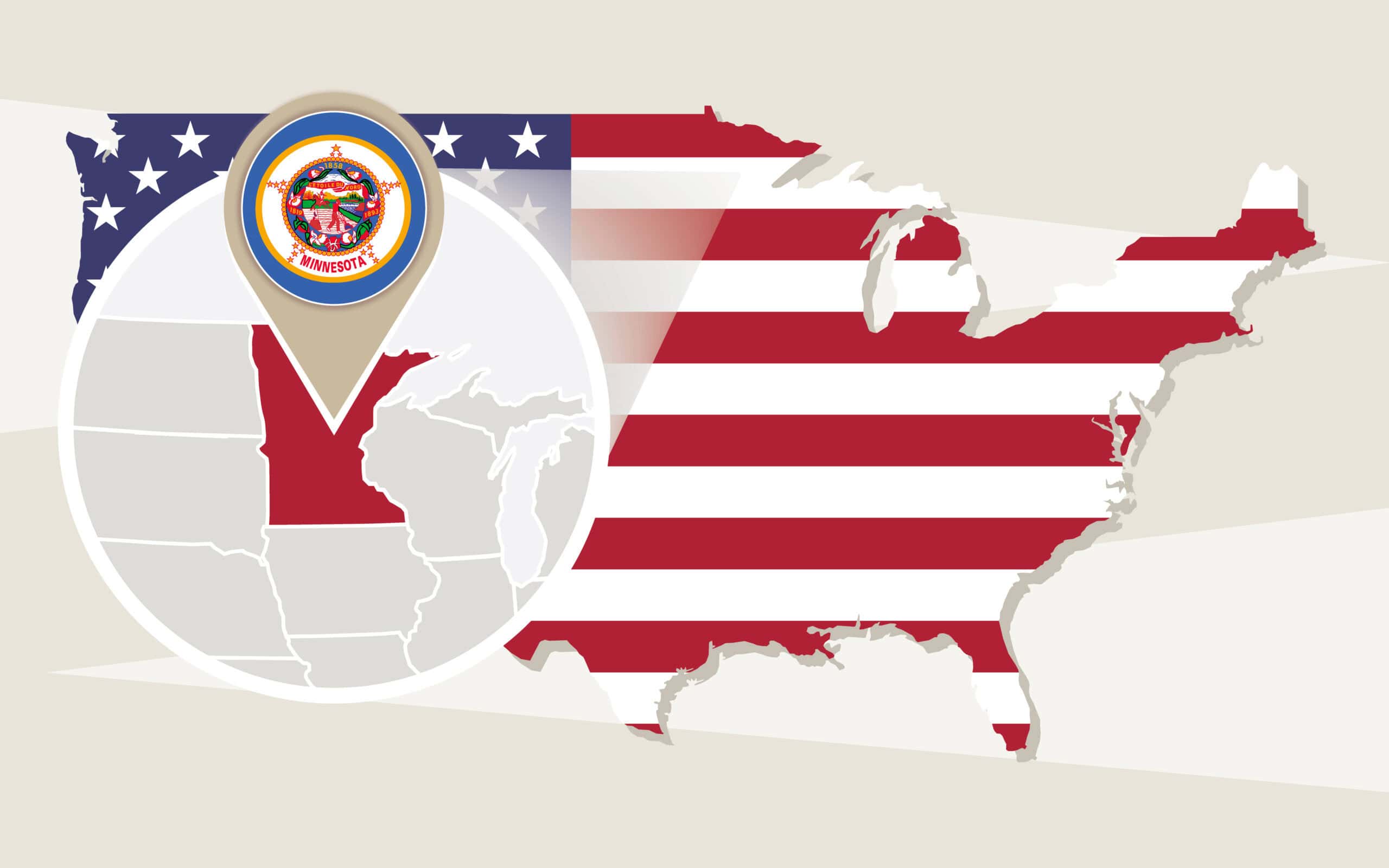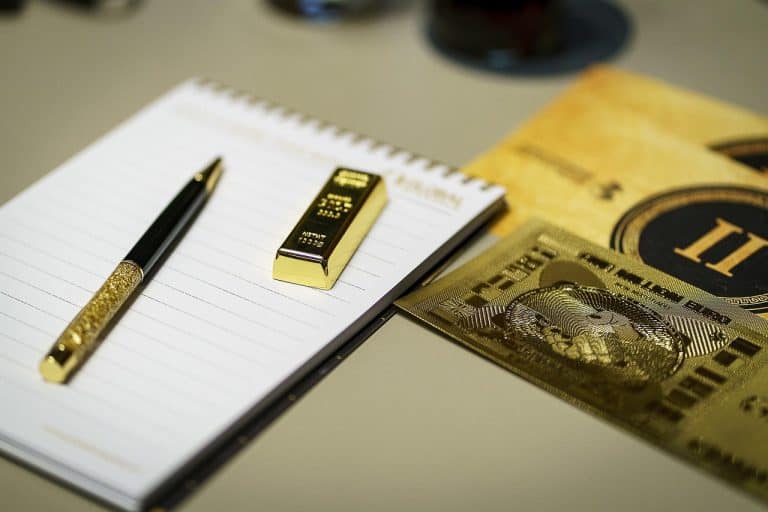Minnesota has long been a cradle of innovation, where enterprising minds have continuously pushed the boundaries of creativity and functionality. The state’s vibrant corporate and academic communities lay the groundwork for an environment conducive to invention.
From revolutionizing medical devices with the pacemaker to changing the way we leave sticky notes, Minnesota’s contributions span a diverse array of industries and everyday life conveniences.
The convergence of different disciplines, bolstered by strong links between industry giants and institutions of higher learning, has been instrumental in fostering an ecosystem where novel ideas thrive.
Contributions such as modern seatbelts, toys like the Nerf football, and recreational innovations including water skis, are a testament to the state’s ingenuity.
Patents and products originating from this region reflect the state’s enduring legacy as a nexus of American innovation.
Evolution of Pop-up Toasters
In 1893, the journey of modern toasting began in Scotland with the invention of the first electric toaster. However, advancement in this domain owes a significant debt to Charles P. Strite from Minnesota.
Strite, discontent with the burnt toast at his workplace cafeteria, innovated the toaster technology by introducing an automatic pop-up mechanism in 1921.
The Toastmaster, as the invention was named, cleverly integrated a timer and a spring system. This allowed the toaster to not only disable the heating coils but also to eject the toast when it reached the pre-set browning level.
This groundbreaking design rapidly made its way into commercial eateries, and by 1926, Strite adapted the design for the household market, empowering users with a variable timer for toast to their exact preference in lightness or darkness.
Strite’s automatic pop-up toaster’s core design principles remain a standard in toasting technology to this day.
Enhanced Automotive Safety Harnesses
In 1963, an engineer from the University of Minnesota, recognized for his daring vehicle crash experiments, transformed car safety. James J. Ryan invented a seat harness that recoils by itself, effectively securing passengers upon sudden deceleration.
This innovation established the basis for the modern seat belts equipped in vehicles around the globe. Prior to this advancement, Ryan had been pivotal in developing aircraft safety with the invention of a flight recorder, now a mandatory device in commercial planes.
Frozen Pizza Revolution
The Minnesota food landscape was drastically altered with the advent of a superior frozen pizza developed by Rose Totino. With a clear goal to surpass the unappetizing “cardboard crust” that prevailed in the market, Rose Totino crafted the first dough that could withstand freezing and yield a desirable baked product.
Key Developments:
- Pioneering Dough: Engineered the inaugural freeze-friendly pizza dough.
- Entrepreneurial Leap: Shifted from a bustling local pizzeria to a full-scale production plant in 1962.
- National Reach: Gained traction with mass production and distribution across the U.S.
- Acquisition: In 1975, the Totino brand, then second in national sales, was acquired by Pillsbury and further cemented its market presence.
- Lasting Legacy: The brand continues to thrive under General Mills, boasting sales in the billions.
Cooling Technology on the Move
Frederick McKinley Jones engineered an innovative cooling system in response to a request from Minneapolis entrepreneur Joseph Numero in 1938. This system was crucial in enabling the long-distance transportation of frozen goods such as pizza by keeping them cold.
Jones’ invention was pivotal in transforming the transportation industry, allowing trucks, railcars, ships, and airplanes to carry perishable items all over the country, independent of the season.
Consequently, this led to a diverse availability of fresh produce across America, altering the nation’s dietary practices.
Throughout his career, Jones secured numerous patents and held key positions at Thermo King, a company which now generates multi-billion dollar revenues annually. His groundbreaking work was later recognized with a posthumous Medal of Technology in 1991, marking him as the first African American recipient of this accolade.
Scotch Tape
In the mid-1920s, during a period of rapid industrial innovation, a young laboratory technician from St. Paul revolutionized the adhesive industry. Richard Drew, employed by the then-small company known as 3M, answered the automotive industry’s call for a non-damaging adhesive.
His solution was a mix of cabinetmaker’s adhesive and glycerin applied to crepe paper, resulting in the first Scotch masking tape. This product, emerging in 1925, aimed to assist in the creation of the popular two-toned cars without the tape stripping paint upon removal.
Drew’s contributions did not cease there. He proceeded to invent the world’s inaugural waterproof cellulose tape, now known globally as Scotch transparent tape.
By 1930, this clear adhesive became another hallmark for the company, produced extensively in Hutchinson, Minnesota.
The epithet “Scotch” ultimately became synonymous with the brand, though its origin story is tied to an initial setback. The tape’s early rendition was prone to peeling off, prompting users to label it pejoratively as “Scotch,” insinuating its inferior quality.
Nevertheless, this name persisted and is now emblematic of a broad spectrum of adhesive products marketed under the 3M conglomerate.
Fabric Protection Innovation
In the early 1950s, 3M introduced a groundbreaking fabric protector known as Scotchgard. The creation of this product was serendipitous; a spill of a fluorochemical rubber onto a shoe led to its development by chemist Patsy Sherman.
Recognized for its ability to repel water and prevent stains, Scotchgard became an integral part of fabric care.
The key compounds behind its effectiveness are perfluoroalkyl and polyfluoroalkyl substances (PFAS), noted for their strong chemical bonds, which contribute to their longevity.
These substances found applications across various industries, from enhancing outerwear water resistance to ensuring the non-stick quality of kitchen utensils and the grease resistance of food packaging.
However, the environmental and health implications of PFAS, often referred to as “forever chemicals” due to their persistence, prompted reevaluation of their usage.
Recognizing the long-term impact, 3M has committed to ceasing the production of PFAS by late 2025. Accordingly, the formulation of Scotchgard has been revised to exclude PFAS.
Nerf Footballs
In 1972, the Nerf football emerged as a tactile alternative to traditional footballs, cheerished by casual players for its cushioned design. This innovation can be credited to Minnesota Vikings’ former placekicker, Fred Cox, who, alongside collaborator John Mattox, envisioned a football sized at roughly 75% of a standard one.
Their idea was brought to life with the assistance of a local company that specialized in injection molding.
Parker Brothers, the toymaker responsible for the original round Nerf balls, conceived by Reyn Guyer, also from Minnesota, joined the venture.
Before Cox’s involvement, Parker Brothers had spent three years attempting to replicate their success with spherical Nerf balls in a football format but encountered consistent issues, such as perforations caused by their existing manufacturing process. Cox’s proposal for injection molding provided the solution Parker Brothers sought, leading to the successful introduction of the Nerf football to the market.
Rollerblades
Minneapolis played a pivotal role in revolutionizing personal mobility with the advent of Rollerblades in 1980. Initially an obscure invention from 18th century Belgium, it was not until Scott Olson, a young Minneapolis native, re-imagined the concept that inline skates gained global popularity.
Olson equipped a traditional hockey skate with smooth polyurethane wheels and an efficient rubber heel brake. Alongside his brother, Brennan, they propelled the Rollerblade brand from their family basement to international recognition after selling the company in 1984.
The thriving company benefited from significant marketing efforts, establishing Rollerblading as a widely enjoyed activity.
Reflective Road Signs
The appearance of road signs in the United States significantly evolved between 1922 and 1954. During this period, stop signs bore a yellow hue as the red dyes available at the time were prone to rapid fading. The development of reflective sheeting by 3M marked a pivotal change in road signage visibility.
The innovative sheeting made it feasible for red to be used effectively for stop signs, ensuring the color endured without fading.
The critical component of this reflective material was glass beads, which have the property of reflecting light back to its source, allowing drivers to detect signs more promptly.
In the mid-1930s, Harry Heltzer, who later became 3M’s CEO, pioneered the reflective tape incorporating glass beads. By 1939, the material known as Scotchlite had been applied to a traffic sign in Minneapolis, setting a precedent for future roadway signage.
Pontoons
Minnesota’s pontoon boats owe their genesis to Ambrose Weeres, a Stearns County farmer. In the pursuit of stability and space on the water, Weeres created The Empress in 1952, a platform boat that has become a mainstay for lake goers.
His initial creation was simple yet functional, pairing a wooden deck with buoyant oil drums crafted together to provide a steady and spacious experience on the water. This innovation catered to those wishing for a vessel where movement onboard wouldn’t compromise balance and would accommodate more passengers comfortably.
Water Skis
In 1922, Ralph Samuelson demonstrated the first instance of water skiing on Lake Pepin. He was 18 at the time.
Despite this innovation, it wasn’t until decades later that Samuelson was acknowledged for his invention, when an investigation revealed his activities predated another claimant from New York.
Samuelson later reflected on the overlooked impact of his invention, expressing regret for not securing a patent or seeking publicity that could have brought him recognition and potential financial reward. He understood the significance of his creation only in retrospect.
Lake City honored the inventor with a statue in 2022, marking 100 years since he glided across the water on his handmade skis, laying the groundwork for a new aquatic sport, and ultimately becoming known as the progenitor of water skiing.
Twister
Developed during the 1960s by Charles Foley with Neil Rabens, Twister emerged as a revolutionary game intended to animate social gatherings. Initially named “Pretzel” by its inventors, the game was rebranded as Twister following its acquisition by Milton Bradley.
The playful concept encourages physical interaction, where players contort their bodies on a mat dotted with colored circles, leading it to be humorously referred to as “the game that ties you up in knots.” Despite initial skepticism, Twister went on to become a beloved party activity worldwide.
Zubaz
During the late 1980s, a distinctive fashion trend emerged from Roseville with roots in the bodybuilding community.
Recognizing the need for more accommodating workout wear for muscular physiques, two gym owners, Bob Truax and Dan Stock, began crafting their own line of garments.
The resulting product was a pair of trousers characterized by their loose fit and eye-catching zebra-striped pattern. These pants swiftly garnered popularity for their bold style and comfort.
Despite their initial surge in popularity, the vibrant and striped pants, known as Zubaz, experienced a rapid fall from public favor, transforming into a nostalgic emblem of the past.
This piece of fashion history is a reminder of the unpredictability and the fleeting nature of trends.









Comments
MarkyT
Nerf footballs, the unsung heroes of rough indoor play. Can’t tell you how many vases have been saved by that soft foam.
DebbieS
Frozen pizza has come a long way. It’s a lifesaver on those busy evenings when cooking is just not happening. Thanks for highlighting this, Helen!